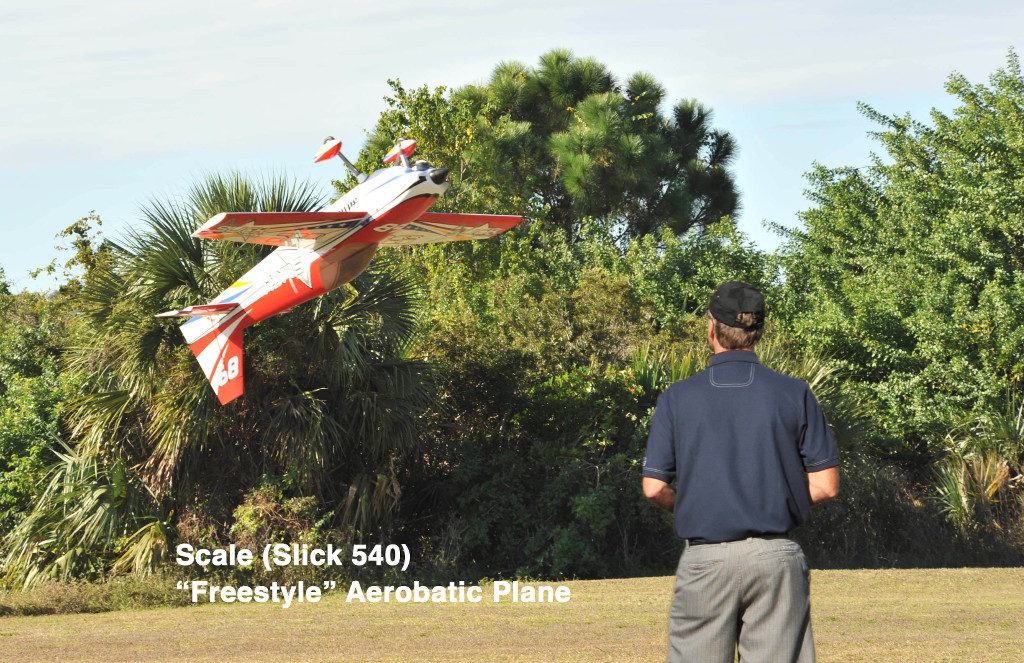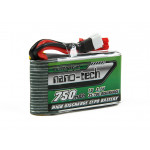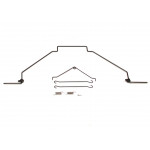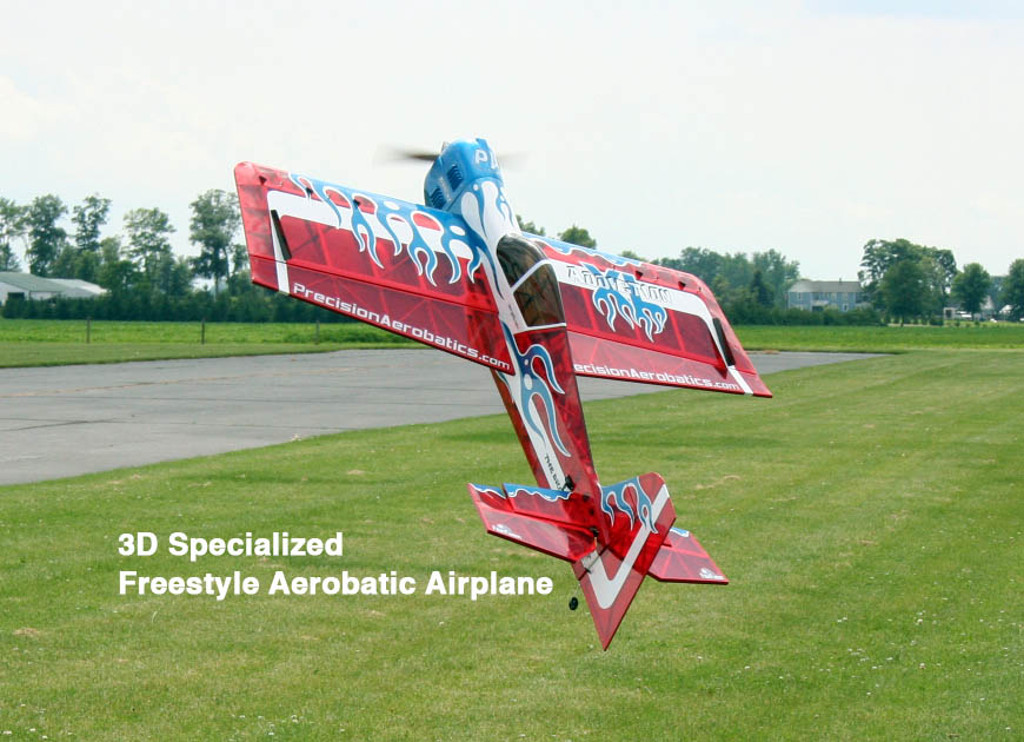
Written by MichaelWargo
As many of you know, I am an aerobatic pilot. I have needs for my airplanes that exceed standard control offered by warbirds and sport scale models. I need to roll straight, make tight loops, and with 3d flying and I need to perform post-stall maneuvers with the plane flying very slow, or even stalled and hovering.
Although basic aerobatics can be performed to some degree with most airplanes, five things must be present to move to the aerobatic arena.
First, you need larger flight control surfaces with greater deflection. A large elevator offers greater control while flying slowly and they often have 45 degrees of deflection or even more to execute the maneuvers. The same applies to the ailerons and rudder. 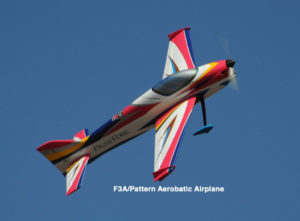
Second, you need a mid-wing design. Although basic aerobatics can be done with both high and low-wing models, mid-wing offers very axial rolling which is a staple for aerobatics.
Third, you will need higher quality equipment and electronics. Adequate power is very important when choosing your setup. It needs more than a 1:1 thrust ratio and for 3d models, a 2:1 power-to-weight ratio or more is very common. The servos should be strong and quick as well. Insufficient servo torque can cause blowback (air pressure on surface greater than the servo’s strength) and a lack of control when you need it. Strong pushrods are also insurance against blowback and slop in the system.
Fourth, the plane must be light. Lightweight airplanes have a greater ability to perform aerobatics. It helps with power-to-weight issues and enables them to resist inertia and turn on a dime. The light-weight designs reduce wing loading as well. This allows the plane to fly slower and stay in the air.
Finally, you need a plane designed for the aerobatic flying you plan to do. Precision, pattern, or F3A types of flying require a more specialized aerobatic plane as in the photo. 3d flying or freestyle aerobatics require a different style. The 3d aircraft has much larger flight surfaces that are useful almost exclusively for post-stall maneuvers. The flight controls generally deflect much more than a pattern airplane as well.  Pattern planes fly precisely executed maneuvers at higher speeds. 3d airplanes specialize in more aggressive tumbling and maneuvers such as the harrier (Post-stall very slow flight) and hovering. My greatest gift in this hobby was my introduction to aerobatics. Aside from my personal path in RC, it made this hobby fun in ways I never imagined. Aerobatics gave me the confidence and skills impossible to acquire any other way. Practicing maneuvers and seeing my personal improvement was also very gratifying.
Pattern planes fly precisely executed maneuvers at higher speeds. 3d airplanes specialize in more aggressive tumbling and maneuvers such as the harrier (Post-stall very slow flight) and hovering. My greatest gift in this hobby was my introduction to aerobatics. Aside from my personal path in RC, it made this hobby fun in ways I never imagined. Aerobatics gave me the confidence and skills impossible to acquire any other way. Practicing maneuvers and seeing my personal improvement was also very gratifying. 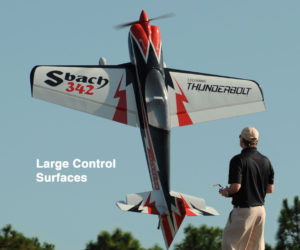 Aerobatics will launch you to the next level of RC enjoyment. But in order to do that, you must have a good aerobatic airplane. Scale aerobatic planes such as an Extra, Edge, or even a foam non-scale aerobatic plane are great places to start. My personal recommendation is to buy a 3d aerobatic foamy to start. EPP foam airplanes offer a bonus by reducing the fear of crashes because the foam is so easily repaired. It's time to make the move and try some basic aerobatics. A good plane is a great start, Good Luck!
Aerobatics will launch you to the next level of RC enjoyment. But in order to do that, you must have a good aerobatic airplane. Scale aerobatic planes such as an Extra, Edge, or even a foam non-scale aerobatic plane are great places to start. My personal recommendation is to buy a 3d aerobatic foamy to start. EPP foam airplanes offer a bonus by reducing the fear of crashes because the foam is so easily repaired. It's time to make the move and try some basic aerobatics. A good plane is a great start, Good Luck!
Hear it First: Join our Mailing List
Sign up to receive new product updates, exclusive discounts, news, and more!

